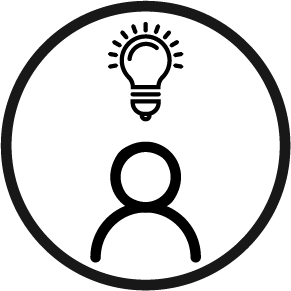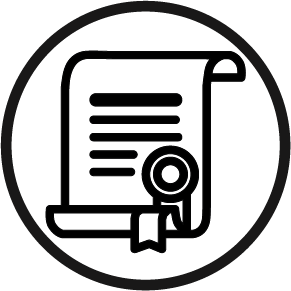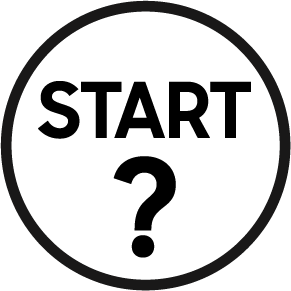Welcome to Mastering Asset Management!
Asset management refers to the process of managing the life cycle of an asset in a cost-effective manner. Asset Management includes everything from planning what assets will be required, replacement of old assets, how we tag and track assets, who they are issued to and having a defined process for the disposal at the end of their useful life.
This 1-hour course will provide you with an overview of all stages of the asset management process.
This course is brought to you by Save the Children International and Humanitarian Leadership Academy, with support from Amazon.

Is this course for me? This course is
designed for any supply chain staff working in the humanitarian sector.

How will I benefit from this course? On completion of this course, you will be able to:
- Demonstrate an improved understanding of effective asset management, relevant regulations and best practices.
- Define what an asset and what asset management is.
- Identify key categories of assets and what makes them assets.
- Identify different roles and responsibilities in the asset management process.
- Explain the importance of donor rules and regulations related to asset management.
- Identify the stages in the asset management process, from planning to asset disposal.
- Explain how to manage General Programme Equipment.

How long will it take? This course should take you approximately 1 hour and 15 mins to complete.

How much does it cost? This course is free!

Will I get a certificate at the end? Yes - you will be able to download a certificate once you have have completed all of the modules within the course.

How do I start? Scroll to the top of the page and click on the I agree - join course button. This will take you through to the course content. You don't need to complete the course in one go - you can always continue later from where you left off.


- Demonstrate an improved understanding of effective asset management, relevant regulations and best practices.
- Define what an asset and what asset management is.
- Identify key categories of assets and what makes them assets.
- Identify different roles and responsibilities in the asset management process.
- Explain the importance of donor rules and regulations related to asset management.
- Identify the stages in the asset management process, from planning to asset disposal.
- Explain how to manage General Programme Equipment.




Data ProtectionThis course was created and is administered by Save the Children International and the Humanitarian Leadership Academy. By joining this course you are consenting to Save the Children International and the Humanitarian Leadership Academy being given access to your Kaya profile information, including your name and email address, so that they can provide the course. This may require them to contact you. Your data will be anonymised before it is used for any analysis or reporting purposes. If you have any questions about this, please email digitallearning@savethechildren.org.uk.


